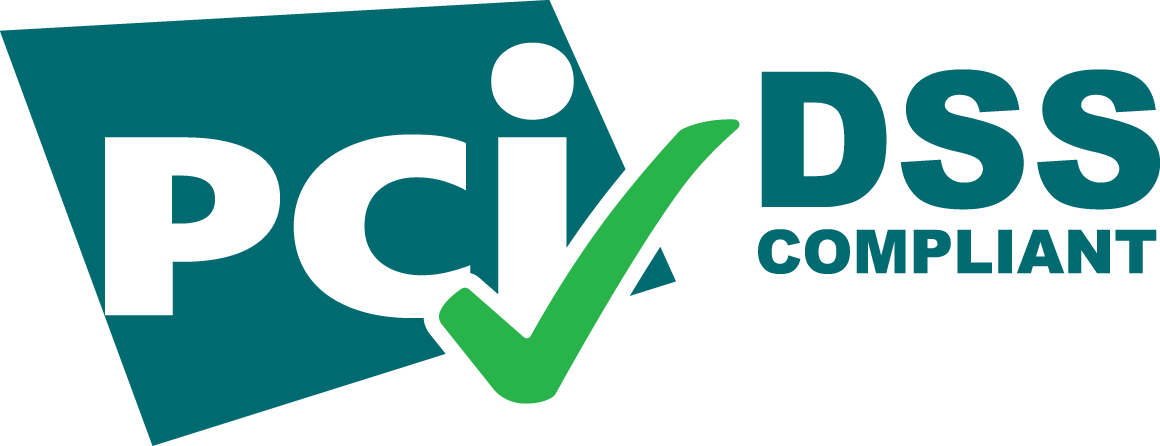Thanks to advanced technology in the logistics and transportation industry, especially an advancement in big data, it is now possible to track almost every part of the supply chain process—including logistics KPIs.
There is no doubt that big data does offer valuable insights. However, at the same time, it can also be overwhelming. With trucking companies dealing with copious amounts of fleet data, it becomes extremely challenging to identify what data they need to track and what not.
This is where the logistics KPIs dashboard can help. Companies can track KPIs to manage their business operations effectively.
This blog post explains logistics KPIs, the most common goals in the logistics industry, and what core KPIs companies should track to manage their operations.
Introduction to Logistics KPIs
Key performance indicators—commonly known as KPIs—are the metrics that help companies analyze their overall performance at a quick glance. KPIs help in maintaining and running successful logistics operations.
Logistics KPIs help companies connect data and metrics to demonstrate whether business operations are performing as anticipated and determine what strengths or weaknesses might exist. However, it is difficult to determine which logistics should be tracked.
Many trucking and logistics companies have different goals; some might aim to reduce shipping costs while others might want to improve customer service or service performance. But, it is important to understand that goals can change over time, so the logistics KPIs you want to track to manage your operations often become a moving target.
What Are KPIs in Logistics?
When companies track KPIs in logistics, they can better understand how their business is performing against the defined goals.
Logistics plays a significant role in making a business successful because a proper logistics system helps streamline the delivery time.
KPIs in logistics provide actionable data and insights to the companies, helping them measure every segment of the supply chain, including purchasing, warehousing, order fulfillment, and transporting.
Monitor KPIs with Logistics Scorecard
A logistics scorecard helps track success and identify areas for improvement for companies. Essentially, this scorecard is a report that shows the performance of the business across several categories, often compared against defined goals or industry benchmarks.
Most transportation management systems ensure to collect of data that companies need in user-friendly dashboards, while the teams behind the TMS systems are responsible for turning that data into actionable insights.
Logistics KPIs You Should Track
Let’s discuss some of the most common goals in the logistics industry and pair them with the core logistics KPIs you should track to manage your operations and reach your desired business goals.
Reduce Shipping Costs
Lowering overall shipping costs can be a huge challenge for fleet managers. However, they can overcome this challenge by implementing effective strategies, such as adopting a cloud-based transportation management system—LoadStop.
To understand which strategy works for you, it is crucial to know your overall freight costs, which usually comprise operational costs, shipping, packing, employee settlements, TMS implementation fees, fleet maintenance costs, and other fees related to moving freight.
Furthermore, there are logistics KPIs that help companies identify other ways to lower shipping costs, thus proving the true value of a TMS system.
Cost Indicator KPIs
- Inbound freight costs compared to purchases
- Outbound freight costs compared to total sales
- Freight cost for each unit shipped
- Accessorial compared to total freight costs
- TMS cost per unit
- TMS cost versus cost avoidance
- Year-over-year cost increases as a percent of total revenue
- Quote to invoice accuracy
- Average cost per skid or order
Manage Freight Rates
It is crucial to properly manage and track your freight rates to get an overview of your logistics costs. Hence, your logistics scorecard should include freight rate management KPIs as mentioned below:
Freight Rate Management KPIs
- Average transportation cost per mile
- Perfect order percentage
- Fuel efficiency rate
- Detention & delays
- Accessorials as a percentage of freight
Enhance Service Performance
Logistics companies ensuring enhanced service performance will witness positive results and improve customer service and satisfaction. In addition, fleet managers looking to measure the success of their business operations can make service performance KPIs the benchmark.
With an advanced transportation management system, you can track service performance KPIs, detect areas of improvement, and develop actionable plans for your logistics operations.
Service Performance KPIs
- On-time pickup and delivery
- Labor productivity
- Delivery on time in full (OTIF)
- Average dwell time
- Damage rate or cargo loss
- Claims percentage for freight costs
- Average loading and unloading times
- Revenue yield by specific units
- Planned time in transit vs. actual
Manage Compliance
Compliance programs are a great way to lower shipping costs and the risk of supply chain inconsistencies. But, on the other hand, poor compliance can lead your business to financial struggles, delayed shipments, damaged loads, etc.
The right TMS can help you track the right KPIs and meet your business goals regarding compliance. Some important factors in tracking compliance KPIs include hours of service (HOS), unsafe driving behaviors, driver health, vehicle maintenance, ELD compliance, dangerous materials compliance, etc.
Companies can manage carrier performance by enforcing carrier compliance KPIs, which are mentioned as follows:
Compliance KPIs
- Reports sent versus reviewed
- Load acceptance/rejection rate
- Freight billing accuracy
- Routing guide compliance
- Percent trucking capacity per use
- Carrier rate benchmarking by lane
- Miles that are driven outside of a fixed route
Reduce Carbon Footprint
The logistics KPIs you should track to reduce carbon footprint are not always as straightforward as they are with other goals. Most KPIs mentioned above can also help evaluate sustainability efforts.
Using the right TMS can help you find and monitor the right metrics to track and analyze how they affect your carbon footprint and leverage sustainability efforts.
Sustainability KPIs
- Route optimization
- Fuel usage
- Fuel efficiency rate
- Routing guide compliance
- Idle time
- Shipment consolidation
- Transportation miles
- Network analysis
- Carbon emissions
Track Logistics Performance Metrics with a TMS
We are already aware that logistics performance metrics (KPIs) play a vital role in making logistics operations successful. Companies rely on them to monitor success, detect areas for improvement, and make data-backed decisions.
It is important to go beyond tracking logistics performance metrics to run a successful logistics business. Logistics managers should know how to put them to use to make a huge difference.
So, how is that possible? The answer is right in front of you—implementing an advanced transportation management system. With an effective TMS at your disposal, you can track logistics KPIs and put them into use.
About the Author: Sara Naveed
Sara Naveed is a creative and digital content writer who uses her creative skills to develop and edit professional web content. Being a writer has always been her dream. She earnestly hopes people appreciate her writing—an asset she deeply covets. Using her 8+ years of working experience, she writes for trucking industry experts who are always looking for better technological solutions to their problems.











